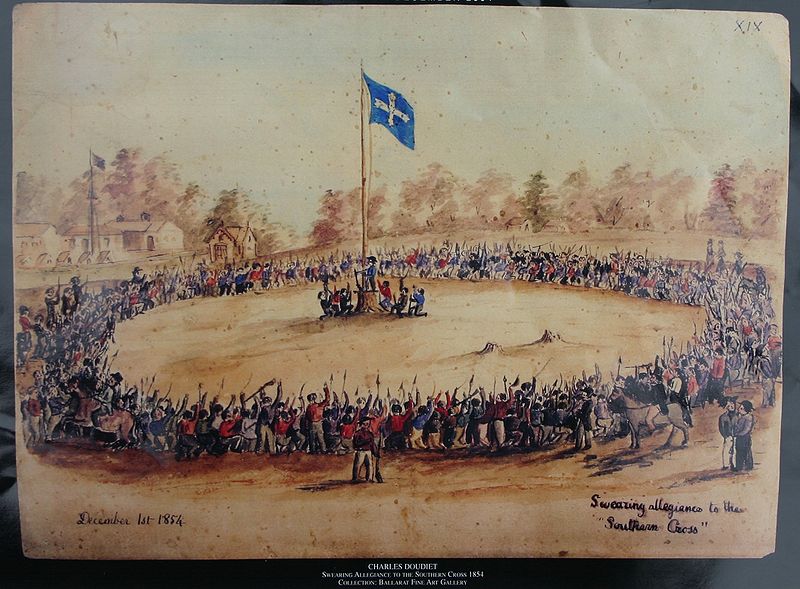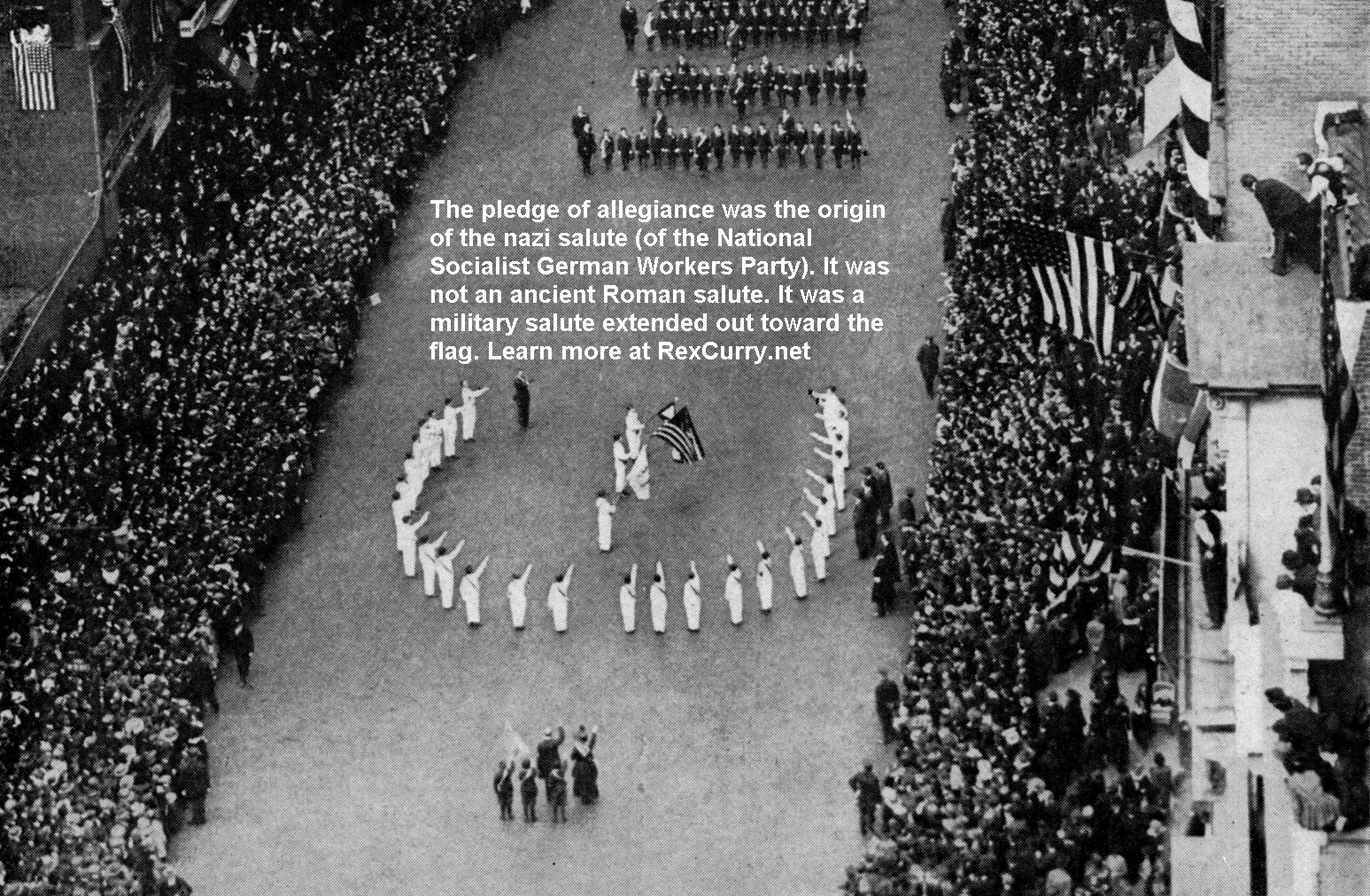
 |
Freethought & Rationalism ArchiveThe archives are read only. |
|
|
#81 |
|
Veteran Member
Join Date: Jun 2010
Location: seattle, wa
Posts: 9,337
|
But the earliest Christians were thinking in terns of Hebrew and Aramaic which in this case leads to the same result. I'm surprised more people didn't find my jokes about the modern Tenth Legion reenactment worth mentioning. I actually think the re-enactment of the assault on Jerusalem using “Jewish looking” extras could be in a movie. But then what do I know about funny
|
|
|
|
|
#82 |
|
Veteran Member
Join Date: Jun 2010
Location: seattle, wa
Posts: 9,337
|
This is decisive. Commenting upon the statement at the end of Galatians that the apostle bears the marks of the Lord Jesus on his body:
* Οὐκ εἴπε δὲ ἔχω ἀλλὰ βαστάζω ὣσπερ τι τρόπαιον ἢ σημεῖον βασιλικὸν καὶ τούτοις ἐναβρύνομαι. “He does not say, I have, but, I bear, as some trophy or royal symbol; and I deck myself with them.” — Theophylact That's enough to take this idea seriously. I would go one step further still and argue that the original text of Galatians read “sign (sing = semeion) of the Lord” rather than “marks” thus bringing it in line with Clement's gospel. But that's quibbling. |
|
|
|
|
#83 | ||
|
Veteran Member
Join Date: Jun 2010
Location: seattle, wa
Posts: 9,337
|
Perhaps the oldest and most important use of the term trophy in Patristic literature
Quote:
Quote:
|
||
|
|
|
|
#84 | |
|
Veteran Member
Join Date: Jun 2010
Location: seattle, wa
Posts: 9,337
|
This reference is particularly useful too developed from the reference in Caius of Rome to the 'trophies' of the apostles in his city (http://books.google.com/books?id=d--...ive%22&f=false)
Quote:
I don't know how people get around this. Mark was clearly developing his text to establish the idea that even though Jesus appeared crucified (on the surface an embarrassment) Providence had established circumstances that the means of execution took the shape of a military ensign. Poetry and allegory just don't develop out of thin air. The only way that the cross could be understood to be a military ensign is if it was a saltire cross on a stick and this in turn looked like the ensign of the tenth legion which destroyed Jerusalem. People can twist and turn, I am now certain I am right about this. This where the idea of the martyr as 'victor' emerged. Jesus was understood to be planting the ensign of the victorious legions in the soil of Jerusalem forty years before the event. Thus, in the later development of the Church, those who died for its eventual triumph were also planting the ensign (even if it wasn't a cross now) of the victory over the Devil and pagan gods. |
|
|
|
|
|
#85 |
|
Veteran Member
Join Date: Jun 2010
Location: seattle, wa
Posts: 9,337
|
Now to take matters to the next level. If Mark planted the idea of the cross as military ensign in the gospel narrative, Mark himself must have been familiar with the sacramentum of the Roman army. I don't know anything about this subject other than the fact that in the third century we see that the 'Christian sacraments' appear very much like a Roman military oath. I bet you if we look deeply enough into matters we will see that the military ensign was understood to impress a 'semeion' or image on the souls of those swearing the oath. Now the question of determining where the fook I get information about whether ensigns were used in military mystery rites.
Notice again how Christianity seems to develop like Mithraism for use in the army ... |
|
|
|
|
#86 | ||
|
Veteran Member
Join Date: Jun 2010
Location: seattle, wa
Posts: 9,337
|
Dionysius describes the oath as follows -the Roman soldiers took the military oath:
Quote:
Again later in Dionysius (11.43.2) notice the sacred part played by the standards: Quote:
|
||
|
|
|
|
#87 | |
|
Veteran Member
Join Date: Jun 2010
Location: seattle, wa
Posts: 9,337
|
Here is something very useful:
Quote:
I have always thought that merely daydreaming about the gospel being a 'myth' is missing the point. There had to be a basis in reality for these beliefs and practices that looked silly on the outside. Was the Christian religion - like Mithraism - a development within military service? Was Christianity originally conceived by Mark as a manual for the establishment of 'the army of Christ' or the 'kingdom of God'? I don't know. More research is necessary |
|
|
|
|
|
#88 |
|
Veteran Member
Join Date: Jun 2010
Location: seattle, wa
Posts: 9,337
|
Clement's story about John's disciple has a military backdrop. The disciple deserts the Church for an army of brigands. This can't be accidental.
|
|
|
|
|
#89 | |
|
Veteran Member
Join Date: Jun 2010
Location: seattle, wa
Posts: 9,337
|
Another paper, this time by Harald von Petrikovits (http://books.google.com/books?id=LRs...ed=0CDYQ6AEwAQ)
Quote:
|
|
|
|
|
|
#90 |
|
Veteran Member
Join Date: Jun 2010
Location: seattle, wa
Posts: 9,337
|
 Swearing allegiance to the Southern Cross   Sorry for referencing these whack job sites but where else are you going to find pictures of masses of people saluting standards! |
|
|
| Thread Tools | Search this Thread |
|